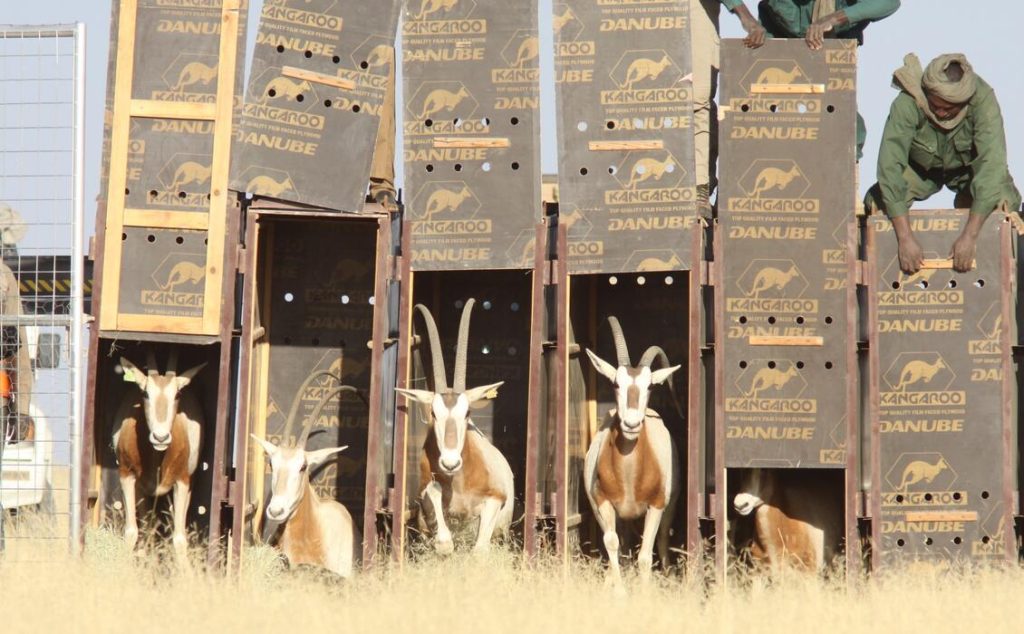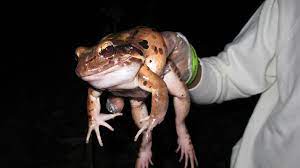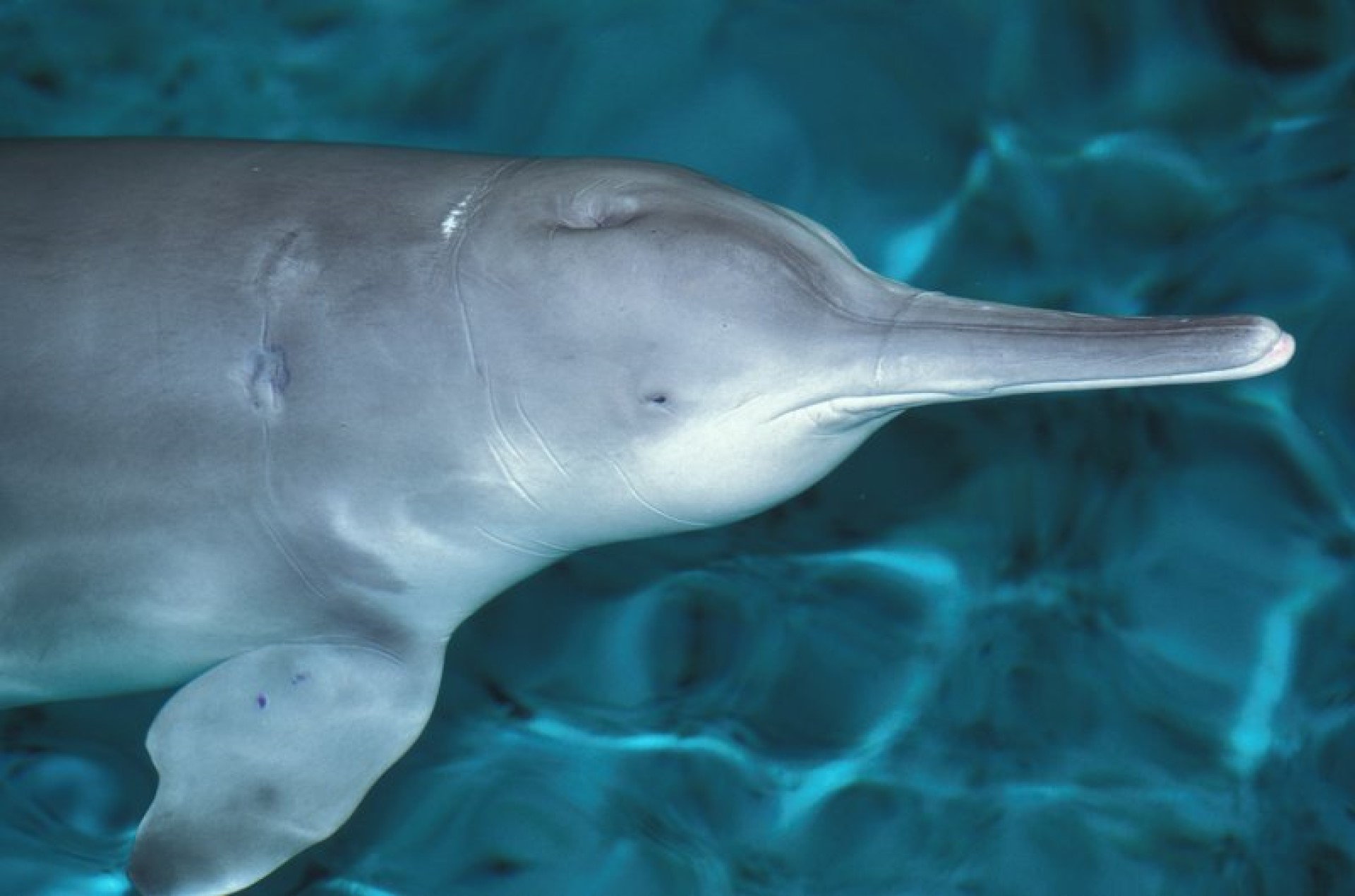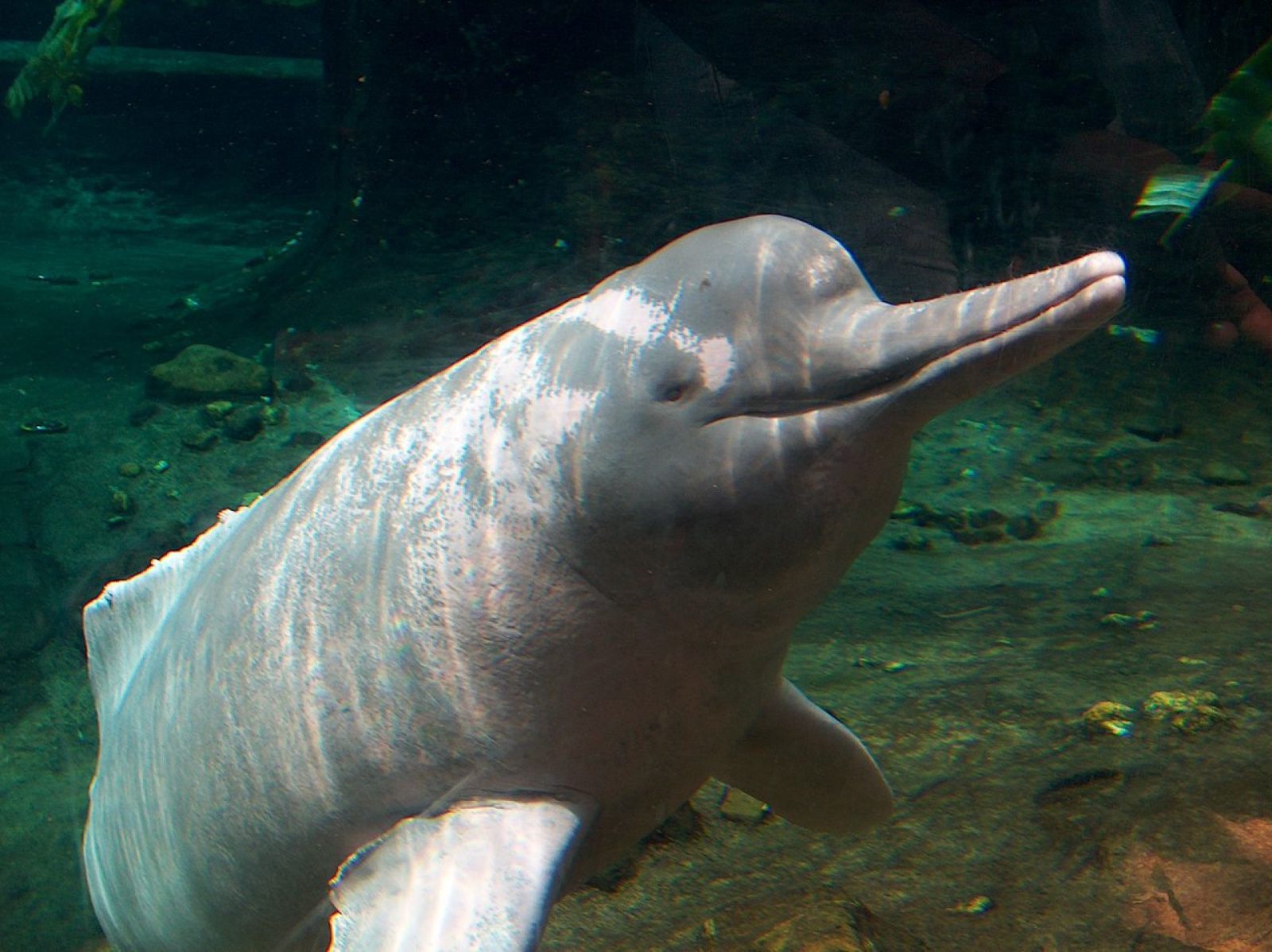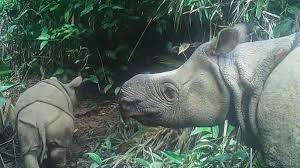This vast wind farm can produce around 3.6 gigawatts of power when turned on. To put that in perspective, peak demand in the UK is currently around 61 gigawatt hours, This means that even at peak demand, this wind turbine is capable of providing roughly 5% of the UK power demand. By contrast, the average house in the UK has a low-point in power demand, during the night, when around 0.2kwh is used an hour. This equates to around 5gigawatt hours. In other words, this single wind farm is likely to be able to deal with all baseload demands of the UK housing. Of course there is other demand, from shop lights being left on, to night shifts in factories.
However, what is clear, is that this is a significant amount of power, and is likely to greatly reduce the amount of gas required to be burnt for power production.
Given that this adds to the already installed stock, we now can create around 30gwh of electricity from wind – when it is at its peak.
Now, of course the wind does not blow at this required rate to produce the maximum amount of power 24 hours a day, so these numbers are not available all day.
To put these numbers in context, in 2022, wind delivered around 26% of UK electricity. Given all the large wind farms planned, this will grow.

